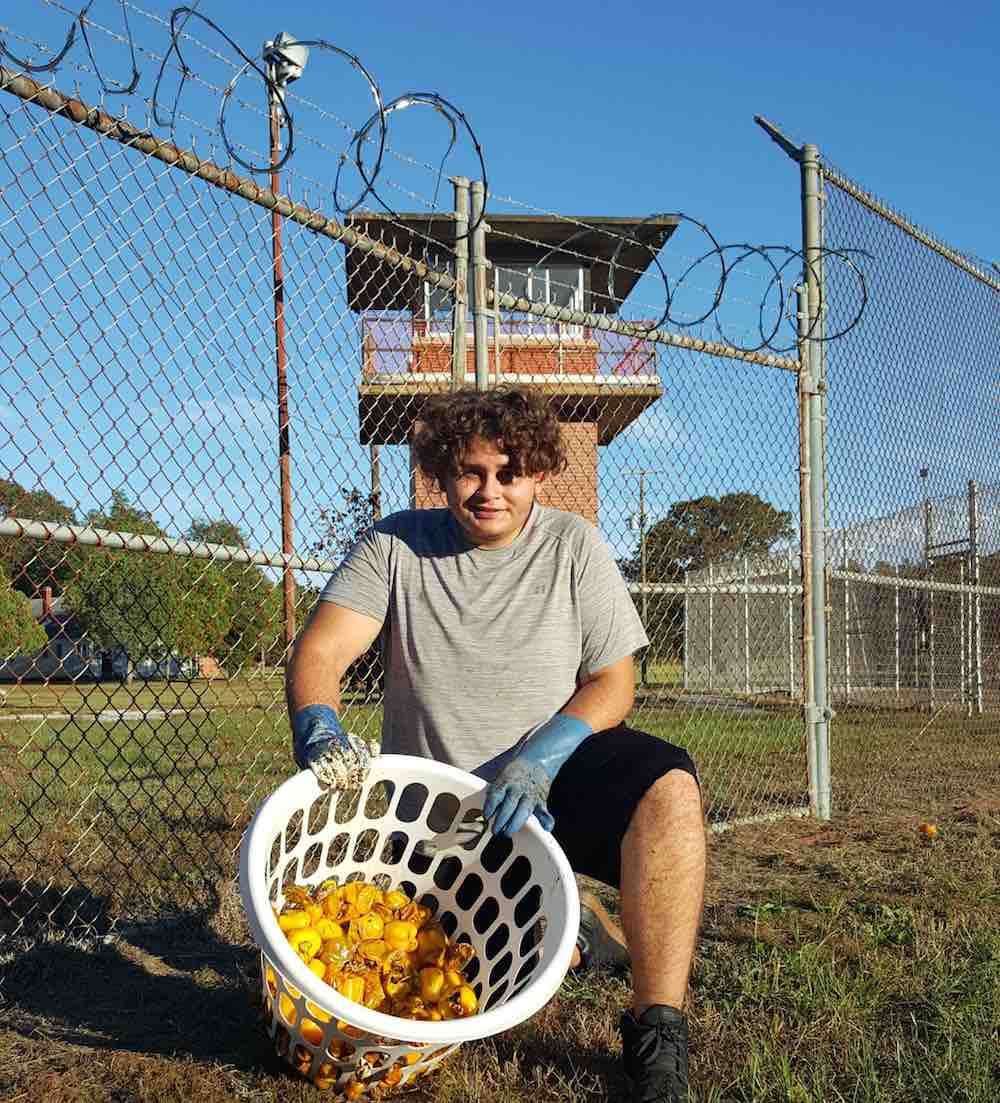U.S. Suspends Oil and Gas Leases in One of Nation's Largest Wilderness Areas
The U.S. administration has suspended drilling in the Coastal Plain of the Arctic National Wildlife Refuge, a move environmental groups are praising.

U.S. prison populations are declining. This is not only attributable to the easing of drug laws across the country, but also in rising standards of living in previously poorer states.
The gradual shuttering of prisons in the U.S. has also led to a creativity boom in the form of redesigning old correctional facilities for other purposes.
Associated Press reports that the inmate population in Connecticut has fallen by about half from its peak of 20,000 in 2008, and that while one former prison now locks up only important documents for banks and law firms, others remain empty but unused.
Here are a few more of new uses for America's jails.
Gainesville and Alachua County has a new homeless shelter, found within the converted Gainesville Correctional Institute. Shuttered due to budget cuts, locals found the building ideal for converting into a homeless shelter, and got straight to work planting trees and painting the walls bright colors.
Existing infrastructure like an industrial size kitchen and plumbing were already there, saving the organization money. Since 2009, GRACE Marketplace has served three quarters of a million meals, seen 1,500 residents rehoused, and serviced more than 15,000 homeless in the area while reducing chronic homelessness by 38%.
While offering medical care, financial, mental health, and domestic abuse services, they also have a garden, computer lab, and host cooking classes and even yoga.
"We're the only homeless shelter in the universe that improved the property values when we moved in," Jon DeCarmine, the executive director of GRACE told AP. "There were adaptations that were required to make it something that worked. But, overall the benefits for the community and people we serve have far outweighed any hassles of moving into a facility that had been used in a different way previously."

In 2020, WS reported on the "flipping" of North Carolina correctional facilities in an area where at-risk youth and veterans were driving up crime rates to worrying levels.
In converting old prisons to year-round-farming and education centers, Growing Change solves several problems at once. The program synergistically brings together young men on the edge of the criminal justice system and jobless wounded veterans returning from deployment.
Recruiting the discipline and leadership skills of the latter to teach and guide the former, Growing Change creates an environment whereby at-risk youth who need to fulfill long hours of community service can learn life skills, sustainable farming practices, and animal husbandry, with an opportunity to receive clinical therapy in an environment much more suited to young men.
Meanwhile, the veterans work toward university degrees in environmental sciences and sustainable agriculture. Together, these individuals young and old who may have been on the fringes of society work to rehabilitate abandoned brownfields (land that might be contaminated and must be cleaned before future use), and to keeo the prison property decaying into dysfunction.
The myriad societal benefits are augmented by the fact that the counties Growing Change operates in grow almost none of their own produce. The flipping of prisons into organic farms also increases the access to nutrient dense fruits and vegetables.
One prison, a former correctional facility on Staten Island, has actually been turned into a full-service movie studio by Broadway Stages. The 69-acre waterfront campus has already seen action in Hollywood, and was used in the filming of the Netflix series Orange is the New Black, and the heist movie Ocean's Eight.
The authentic prison set includes everything a director or screen writer could want; a gymnasium, visitor center, admission buildings, infirmary, kitchen, recreation yard, guard towers, and all of the housing blocks.
The facility now has 40 permanent employees, and every production arrives with hundreds of people.
"And to the extent that they can, they [the production] like to use local restaurants for food, local businesses for craft services-anything that they need," said Samara Schaum, a spokeswoman for Broadway Stages. "That's part of the identity of Broadway Stages. I know that it has had a positive impact on local businesses there."
Just as an inmate one day has to prepare for life beyond the walls of a penitentiary, the United States is gradually getting used to life beyond the days when the simplest answer to any criminal problem was throw someone in prison.
The number of people incarcerated in U.S. prisons and local jails dropped from around 2.1 million in 2019 to 1.8 million by mid-2020-a drop of 300,000, or a 14% decrease.
Since 2011, 22 states have closed correctional facilities, amounting to 94 fewer state prisons and juvenile detention centers, and bags of creativity are needed to ensure these places are reclaimed by the community.
BREAK Your Friends Out of the Cycle of Bad News-Share the Hope, and This Story…
Be the first to comment